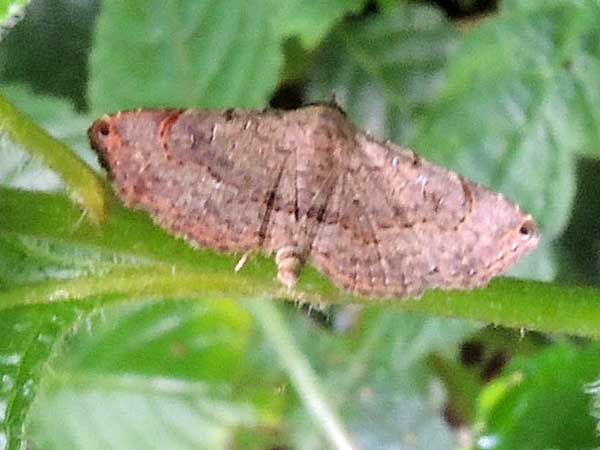Pyralid Moth

Observed alighted on trail-side vegetation at Kakamega Forest, Kenya, October 2016. The wing span is about 9 mm.
In the larval stage many Pyralidae moths use silk to tie the leaf of a plant into a kind of shelter. This protects them from the elements and also perhaps insect eating birds. Close searching of foliage of native plants will reveal that these are extraordinarily common insects, but as adults they are rarely encountered except at electric lights. Some important species feed on grasses in the larval stage, hence the family common name. Many birds make a living by discovering and removing these insect larvae. By night they become prey for insectivorous bats.